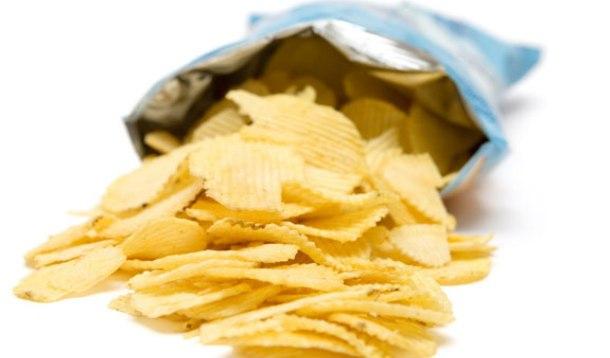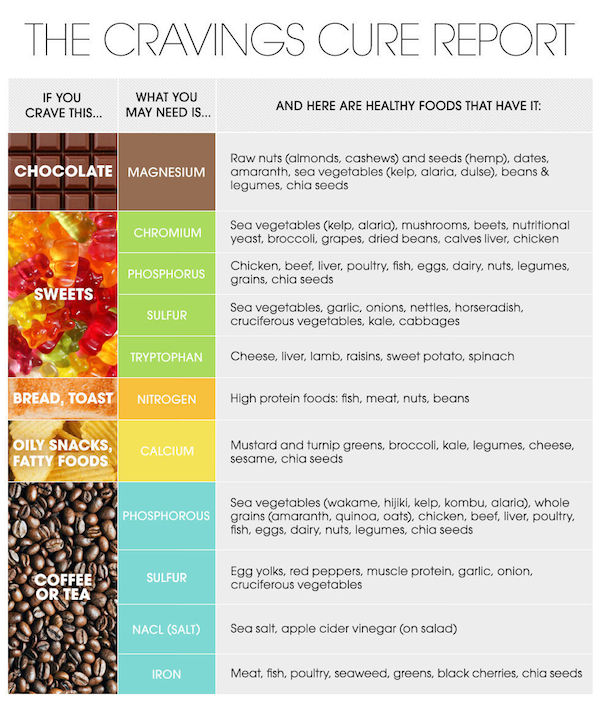Growing up, my mom was healthy and energetic. I remember many days of crafting, baking, walking, shopping, and playing together. However, it was different with my dad, he had multiple sclerosis (MS).
One of my most vivid memories was when I was 15 and went to visit him on the west coast. It was then that I saw just how much his MS had progressed to the point where he had to walk with a cane and take frequent rests on steps and benches as we toured around Vancouver. He wanted so badly to show me a good time. He must have been exhausted in a way I can only imagine, but he was willing to do it because he was my dad.
Being a parent with MS is not easy, but with a positive outlook, it can be done.
I recently had the chance to speak with Calgary mom, Amanda Fuller, who has been living with MS since 2009.
Amanda was diagnosed at age 29, after worsening eye pain led to an MRI that revealed tissue damage to some areas of her brain. At first, Amanda says she felt some relief to know the reason for her pain, but then it hit her, “Oh my God, I have this incurable disease.” She was young and a freshly minted mother of two; her youngest only 2-years-old when she received her diagnosis.
Amanda suffers from relapsing-remitting MS, the only form of MS for which treatment exists today. As a Canadian woman, the odds were stacked against her. In fact, Canada has one of the highest prevalence rates of MS in the world:1
In relapsing-remitting MS, symptoms tend to go into remission for short periods of time—the “good days,” as Amanda describes them—and then they return with a vengeance. Each relapse seems to intensify and expand the symptoms—and they can hit without warning. Amanda says she might be fine one day, and then wake up the next day with pain, fatigue, and limited control of her muscles.
Amanda hates to say “no” to her kids but she has learned being a full-time parent with the symptoms of MS is a lesson in learning to say no. She wakes some mornings and hates her life. She hates the back and leg spasms. She hates the pins and needles that Just. Don’t. Stop. She hates the debilitating headaches. She hates the fatigue that is sometimes so intense she has to spend days in bed. She hates the fear she might lose her balance while carrying things, or while on the stairs. She hates the fact that she can’t eat without others around for fear her swallowing reflex will falter.
But she doesn’t have time to feel sorry for herself. She is too busy just living her life and being the best parent and wife she can be.
She relies on her husband to be her sounding board and to provide the muscle for household tasks. She also relies on her kids, now 7 and 15, to pull up the slack on those days where her symptoms are raging—more than most kids their age. Gracie, 7, can be found on the bed next to mommy on Amanda’s bad days. Ty, 15, understands his mother's experience in a very adult way and reassures her that she is a good mom. We all need that reassurance from time to time, don't we?
Amanda says going to the gym keeps her sane. “Every day is different,” she explains. If she feels good she does some free weights, and she walks on the treadmill since her balance issues make running unsafe these days. We could all take a page from Amanda and hit the gym (or the trail, or the pool) every day to simply put into it whatever we can that day. Without guilt, self-judgment or disappointment. Without waiting for the perfect opportunity. Or the perfect mood. Or the perfect day.
For now, she opens her eyes in the morning and stretches, as we all do, but then takes a mental inventory of how she feels that day. On a good day, Amanda loves to bake and is known for her chocolate cake. Her husband knows she’s been feeling great when he arrives home to muffins. She fondly remembers a fantastic day last summer when she hiked in the sun with a friend and went out for dinner.
Today, 5 years after her diagnosis, Amanda is a positive, practical woman. She and her doctors have recently found a new medication that eases her symptoms, a pill that has replaced the years of daily self-injections she once suffered through (speak to your doctor about all available treatment options available to you). Amanda is an inspiration. She is optimistic about recent research in the field of MS treatments and believes there will be a cure sometime soon.
As Amanda wisely told me, you don’t get through motherhood with MS, and life in general, by feeling sorry for yourself. Whatever matters to you, you must “Go do it while you can. Today is today,” she encourages. You never know what tomorrow might bring. None of us do, so make today filled with chocolate cake and hiking.
Because you can.
For more details about the information included above please visit: MS Society of Canada.
***

This is proudly sponsored by our friends at Biogen Idec Canada.
www.biogenidec.com/

Cravings. We all get them. Some cravings are clockwork, like that 3 pm lull at the office when the vending-machine demons start to haunt, or the 10 pm siren call of the ice cream while you watch Netflix. Other cravings are based on real hunger, like the desire to down a giant, cheesy omelet after your early morning bootcamp class. Here's how to know the difference, and what your cravings might be telling you about what your body really needs.
![]() A Sneaky Trick To Deal With Cravings
A Sneaky Trick To Deal With Cravings
What it feels like
You know it. This is the craving most of us deal with on a daily basis. This is the routine, regular & predictable craving, like the 4 pm scone with your tea, your bowl of chips in front of the TV at night, or the after-dinner chocolate craving when you know you are physically full. Your body may or may not be hungry, but your brain says "CAAAAAAARBS." It could be "SAAAAAALT." It could be "SUGAAAAAAAR." (Your cravings always yell in all caps. Jerks.) It's never "BROCCOOOOOOOLI." This is the craving that can sabotage your otherwise reasonable diet, and that masks real root issues of boredom, sadness, anxiety and - I believe - a lack of sufficient physical exercise.
How to deal with it
Anticipate it. Pack something healthy for a mid-afternoon snack at work, or prep something yummy but not devastating to your blood sugar if you're at home. Try an apple or banana with nut butter, fresh veggies with a homemade (or healthy store-bought) dip/dressing, or a scoop of full-fat yogurt with a sprinkle of homemade granola and cinnamon. We have a saying around our house: "If you're not hungry for an apple, you're probably not really hungry." It doesn't have to be an apple, but you get the point: If your healthy snack option doesn't seem so appealing, chances are you're not actually hungry. Skip the snack and instead take a break from your desk or change up your at-home routine. Do something other than eating to stimulate your brain and body, as it might be the stimulation and not the food that you're actually craving, after all. Watch that craving disappear like a man from a dirty kitchen after a dinner party.
![]() Best Snacks To Satisfy Your Intense Cravings
Best Snacks To Satisfy Your Intense Cravings
How to prevent it
What it feels like
This is an obsession with a certain food, usually. (Cravings for non-food items are called "pica" and should be reported to your family doctor, as they can indicate severe nutritional deficiencies, and consuming non-foods can be dangerous.) If you reach into a bag of candy in your purse throughout the day, always have a coffee in hand, or over-zealously salt all your food, even prepared or restaurant items which are normally sufficiently seasoned, your body might be telling you something. Something like, you're not feeding it everything it needs. Or, you're about to have your period. But it's probably not telling you that you really, actually, need gummy bears.
How to deal with it:
Choose the healthiest version of your craved food possible. Do you feel the need for sugar all day? Perhaps your meals are low on sugar (which comes from carbohydrates) because you've been eating low-carbohydrate; try adding chickpeas, lentils, quinoa, whole fruits, & veggies to your meals. Do you crave salty carbohydrates like macaroni & cheese or french fries? Sodium cravings can indicate an imbalance of minerals in the body that is common with our modern North American highly processed diet. Perhaps you are craving fat as much as you are salt; try adding avocado, nuts, and coconut and olive oils to your cooking, as well as choosing whole eggs and full-fat dairy, which will help up your daily healthy fat consumption and are also both proven to aid in maintaining a lean physique.
How to prevent it
Eat properly, mummy! Make processed, take out and restaurant foods an occasional treat. Drink plenty of water to hydrate yourself so you can tell the difference between thirst and hunger cues. Cook at home, from scratch, as much as possible. Pack your breakfast and lunch if you're on the go. Create well-rounded meals of carbohydrate, protein, and fat, and eat mindfully until you are full. Not stuffed, but full. Pack healthy snacks or keep easy-to-grab healthy snack ingredients on hand. When in doubt, think veggies. If your cravings are actually due to deficiencies in your diet, and not just the suggestive powers of the Food Network at night, your cure starts in the kitchen.
If you are suffering changes to your weight, appearance (especially the appearance of your hair, skin, nails, and eyes), mood or energy levels along with physical cravings, please see your family doctor.
Want to add more nutritious, craving-busting foods to your regular routine? Check out the chart below to understand which minerals people are often deficient in, and which healthy foods can help bring your body to a more balanced place.

source: elle.com